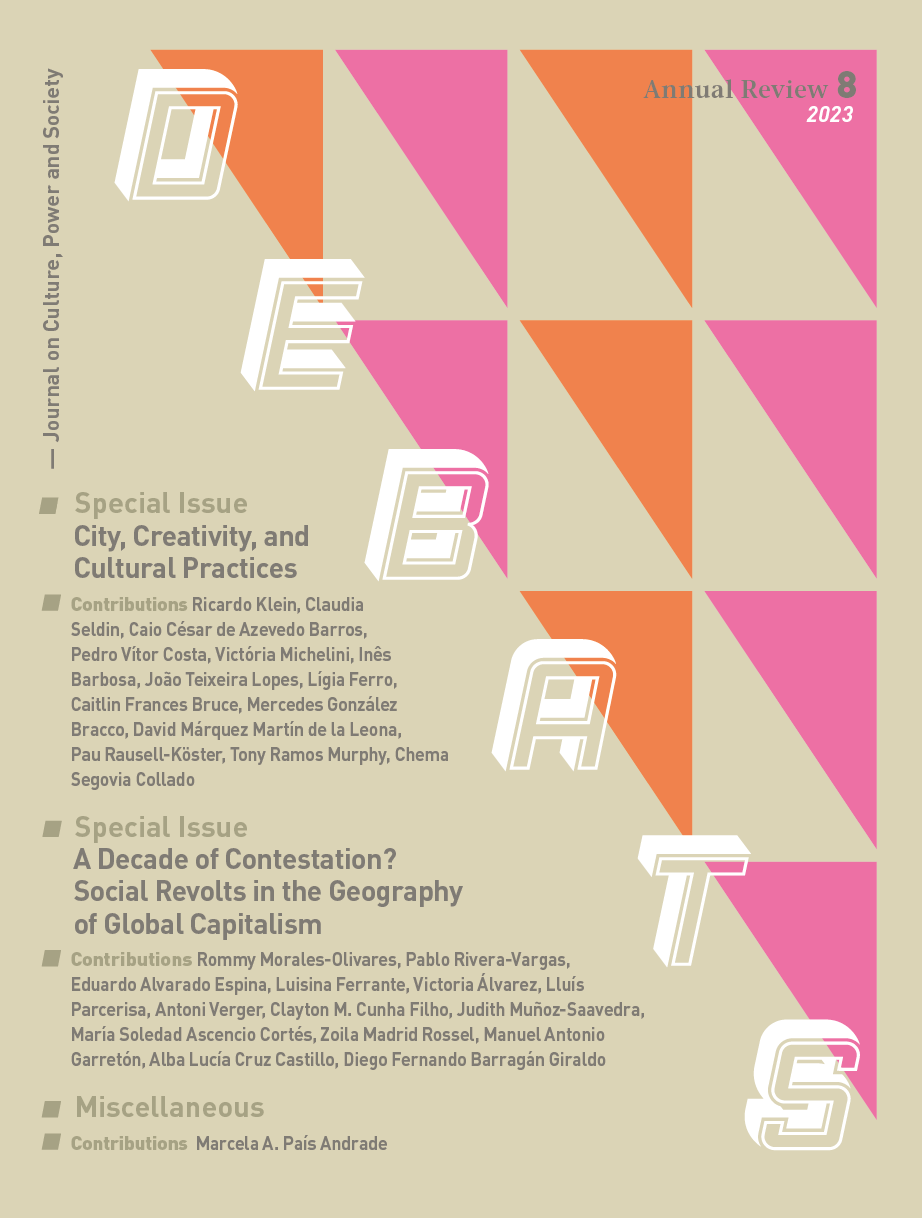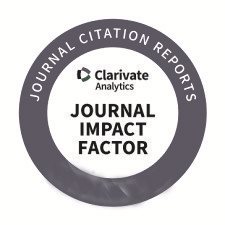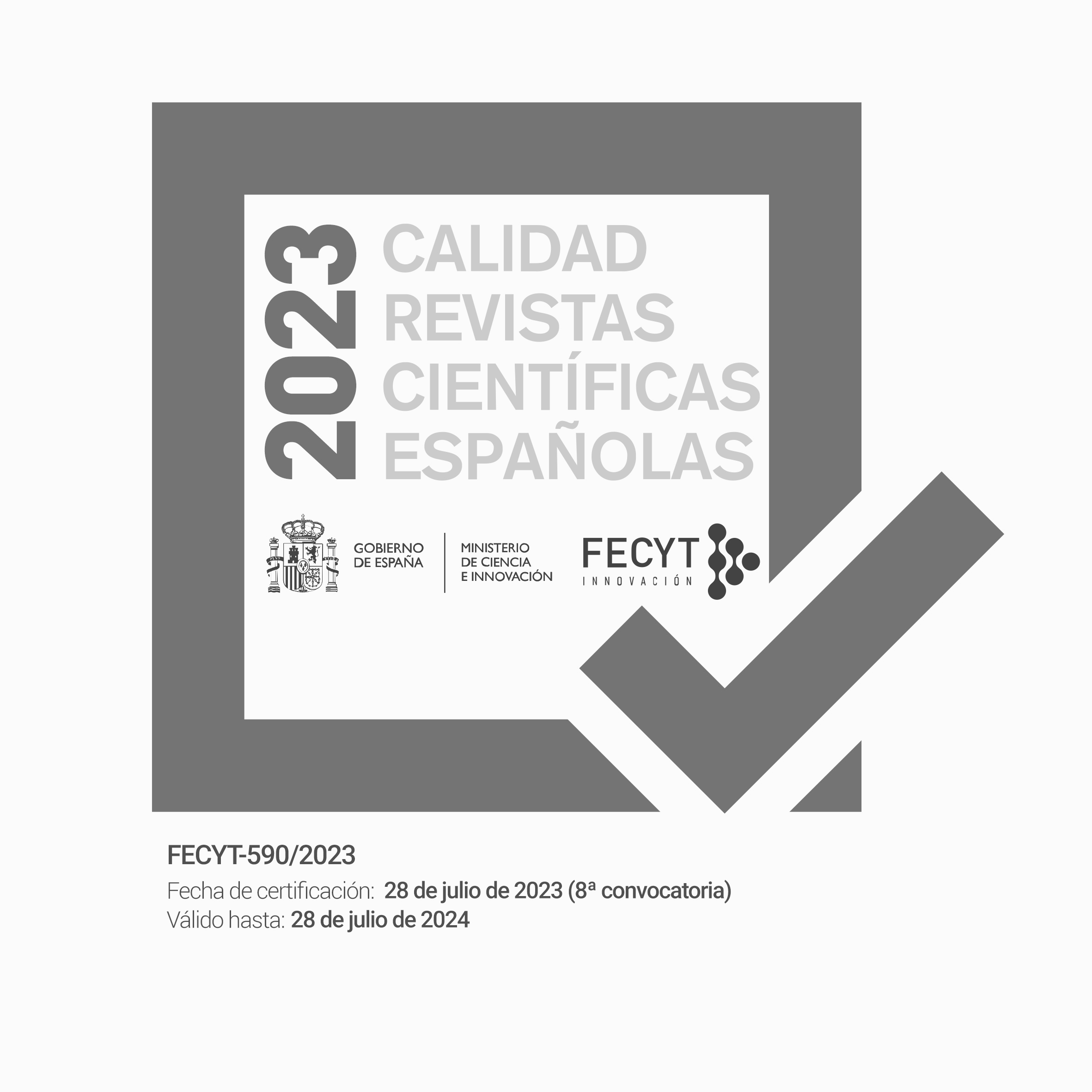What’s happening in Bolivia? From the botched 2019 elections to MAS’ triumphal return in 2020, and beyond
Paraules clau:
Bolívia; crisi; MAS; moviments socials; transicions.Resum
After winning three presidential elections in a row — 2005 (53.74%), 2009 (64.22%) and 2014
(61.36%) — Evo Morales only got 47.08% in the controversial 2019 election, where he was undermined
by accusations of fraud by opponents and international observers. The upshot in 2019 was his
overthrow amid street protests, police mutinies and intervention by the Armed Forces. However,
almost exactly a year later his party —MAS — won 55.1% of the votes and returned to power on the
Luis Arce and David Choquehuanca ticket. What seemed then like a triumphant return of Bolivia’s
only party with real ties to broad swathes of society would soon be riven by divisions when
selecting candidates for the ‘departmental’ [regional] elections in March 2021. Evo Morales’ return
from exile in November 2020 and his efforts to stay in charge of the party, and above all to
hand-pick candidates himself, led to major internal rifts and electoral defeats. This paper
analyses the reasons for the overthrow of the hitherto unbeaten former President and his party, as
well as for MAS’ swift return to power. In doing so, we focus on the party’s relations with its
social bases and its dwindling political support during its long, uninterrupted spell in office. It
also delves into the transitions of the current period and the impact the political reshuffle in
the wake of the 2021 departmental elections may foreshadow for the party’s future.
Descàrregues
Referències
Andia, J. L. (2020). Elecciones y gobierno de transición. En F. Mayorga (ed.), Crisis y cambio político en Bolivia. Octubre y noviembre de 2019 en Bolivia: La democracia en una encrucijada (p. 79-109). CESU-UMSS/Oxfam.
Anria, S., y Cyr, J. (2017). Inside Revolutionary Parties: Coalition-Building and Maintenance in Reformist Bolivia. Comparative Political Studies, 50(9), 1255-1287. https://doi.org/10.1177/0010414016666860
Cameron, M. A. (2018). Making Sense of Competitive Authoritarianism: Lessons from the Andes. Latin American Politics and Society, 60(02), 1-22. https://doi.org/10.1017/lap.2018.3
Cavarozzi, M. (1986). Political Cycles in Argentina since 1955. En G. O’Donnell, P. C. Schmitter, y L. Whitehead (eds.), Transitions from Authoritarian Rule: Latin America (vol. 2, p. 19-48). Johns Hopkins University Press.
Cunha Filho, C. M. (2018a). Dilemmas of Contemporary Political Representation in Bolivia: Social Movements, Party, and State in Plurinational Times. En A. Albala (ed.), Civil society and political representation in Latin America (2010-2015): Towards a divorce between social movements and political parties? (p. 131-147). Springer.
Cunha Filho, C. M. (2018b). Do confronto à cooptação? As tensas relações entre empresariado e governo Evo Morales, na Bolívia. En F. Cimini, J. V. Bachiller Cabria, y R. R. M. da Silva (eds.), Elites empresariais, estado e mercado na América Latina (p. 132-151). FACE/UFMG.
Do Alto, H., y Stefanoni, P. (2010). El MAS: las ambivalencias de la democracia corporativa. En L. A. García Orellana, y F. García Yapur (eds.), Mutaciones del Campo Político en Bolivia (p. 303-363). PNUD-Bolivia.
Domingo, P. (2001). Party Politics, Intermediation and Representation. En J. Crabtree, y L. Whitehead (eds.), Towards Democratic Viability: The Bolivian Experience (p. 141-159). PalgraveMacmillan.
Espinoza, F. (2014). Bolivia: La circulación de sus élites (2006-2014). El País.
Faguet, J.-P. (2019). Revolution from Below: Cleavage Displacement and the Collapse of Elite Politics in Bolivia. Politics & Society, 47(2), 205-250. https://doi.org/10.1177/0032329219845944
Gray Molina, G. (2008). State-Society Relations in Bolivia: The Strength of Weakness. En J. Crabtree, y L. Whitehead (eds.), Unresolved Tensions: Bolivia Past and Present (p. 109-124). Pittsburgh University Press.
Hirsch, C. (2019). Between resistance and negotiation: Indigenous organisations and the Bolivian State in the case of TIPNIS. The Journal of Peasant Studies, 46(4), 811-830. https://doi.org/10.1080/03066150.2017.1394846
Levitsky, S., y Murillo, M. V. (2020). La tentación militar en América Latina. Nueva Sociedad, 285, 4-11.
Mayorga, F. (2019a). Antes y después del referendo: Política y democracia en el estado plurinacional. CESU-UMSS.
Mayorga, F. (2019b). Mandato y contingencia: Estilo de gobierno de Evo Morales (1.ª ed.). Friedrich Ebert Stiftung/CESUUMSS/ Editorial3600.
McNelly, A. (2020). The Incorporation of Social Organizations under the MAS in Bolivia. Latin American Perspectives, 47(4), 76-95. https://doi.org/10.1177/0094582X20918556
Méndez, J., Burger, J., Correa, M., Weichert, M., y Tappatá, P. (2021). Informe sobre los hechos de violencia y vulneración de los derechos humanos ocurridos entre el 1 de septiembre y el 31 de diciembre de 2019 (GIEI Bolivia). Grupo Interdisciplinario de Expertos Independientes Bolivia.
Molina, F. (2010). El MAS en el centro de la política boliviana. En L. A. García Orellana, y F. García Yapur (eds.), Mutaciones del campo político en Bolivia (p. 241-301). PNUD-Bolivia.
Molina, F. (2013). ¿Por qué Evo Morales sigue siendo popular? Las fortalezas del MAS en la construcción de un nuevo orden. Nueva Sociedad, 245, 4-14.
Molina, F. (2018). Tendencias socioelectorales en la Bolivia del caudillismo. Nueva Sociedad, 273, 4-13.
Molina, F. (2019). Bolivia: ¿Golpe o (contra)revolución? Nueva Sociedad, edición web. http://nuso.org/articulo/boliviagolpe-o contrarevolucion/
Molina, F. (2020a). La rebelión de los blancos: Causas raciales de la caída de Evo Morales. En F. Mayorga (ed.), Crisis y cambio político en Bolivia. Octubre y noviembre de 2019 en Bolivia: La democracia en una encrucijada (p. 141-162). CESU UMSS/Oxfam.
Molina, F. (2020b). Bolivia: Un nuevo bloque de poder. Nueva Sociedad, edición web. http://nuso.org/articulo/Boliviaderecha-Evo Morales/
Molina, F. (2020c). ¿A dónde conducirá la crisis boliviana? Elecciones y reconfiguraciones políticas. Nueva Sociedad, 288, 4-14.
Postero, N. (2007). Now We Are Citizens: Indigenous Politics in Postmulticultural Bolivia. Stanford University Press.
Rossell, P. (2012). 2011: ¿El parteaguas del evismo? Bolivia después del conflicto del Tipnis. Nueva Sociedad, 237, 4-16.
Sánchez-Sibony, O. (2021). Competitive Authoritarianism in Morales’s Bolivia: Skewing Arenas of Competition. Latin American Politics and Society, 63(1), 118-144. https://doi.org/10.1017/lap.2020.35
Silva, E. (2017). Reorganizing Popular Sector Incorporation: Propositions from Bolivia, Ecuador, and Venezuela. Politics & Society, 45(1), 91-122. https://doi.org/10.1177/0032329216683166
Soruco Sologuren, X., Franco Pinto, D., y Durán Azurduy, M. (2014). Composición social del Estado plurinacional: Hacia la descolonización de la burocracia. CIS.
Souverein, J., y Exeni Rodríguez, J. L. (eds.). (2020). Nuevo mapa de actores en Bolivia: Crisis, polarización e incertidumbre (2019-2020). Friedrich Ebert Stiftung.
Tapia, L. (2009). La coyuntura de la autonomía relativa del estado. Muela del Diablo Editores.
Van Cott, D. L. (2007). From Movements to Parties in Latin America: The Evolution of Ethnic Politics. Cambridge University Press.
Welp, Y., y Lissidini, A. (2016). Democracia directa, poder y contrapoder: Análisis del referendo del 21 de febrero de 2016 en Bolivia. Bolivian Studies Journal/Revista de Estudios Bolivianos, 22, 162-190. https://doi.org/10.5195/bsj.2016.157
Wolff, J. (2016). Business Power and the Politics of Postneoliberalism: Relations Between Governments and Economic
Elites in Bolivia and Ecuador. Latin American Politics and Society, 58(2), 124-147. https://doi.org/10.1111/j.1548- 2456.2016.00313.x
Wolff, J. (2018). Political incorporation in measures of democracy: A missing dimension (and the case of Bolivia). Democratization, 25(4), 692-708. https://doi.org/10.1080/13510347.2017.1417392
Wolff, J. (2019). The political economy of post-neoliberalism in Bolivia: Policies, elites, and the MAS government. European Review of Latin American and Caribbean Studies, 0(108), 109. https://doi.org/10.32992/erlacs.10468
Wolff, J. (2020). The Turbulent End of an Era in Bolivia: Contested Elections, the Ouster of Evo Morales, and the Beginning of a Transition Towards an Uncertain Future. Revista de Ciencia Política. https://doi.org/10.4067/S0718- 090X2020005000105
Zegada, M. T., y Komadina, J. (2014). El espejo de la sociedad: Poder y representación en Bolivia. Plural Editores.
Zuazo, M. (2009). ¿Cómo nació el MAS? La ruralización de la política en Bolivia—Entrevistas a 85 parlamentarios del partido (2.a ed.). Friedrich Ebert Stiftung.
Zuazo, M. (2012). Bolivia: Cuando el Estado llegó al campo. Municipalización, democratización y nueva Constitución. En M. Zuazo, J.-P. Faguet, y G. Bonifaz (eds.), Descentralización y democratización en Bolivia: La historia del Estado débil, la sociedad rebelde y el anhelo de democracia (p. 187-286). Friedrich Ebert Stiftung.
Descàrregues
Publicades
Com citar
Número
Secció
Llicència
Sense perjudici del que disposa l'article 52 de la Llei 22/1987 d'11 de novembre de Propietat Intel·lectual, BOE del 17 de novembre de 1987, i conforme a aquest, els/les autors o autores cedeix/en a títol gratuït els seus drets d'edició, publicació, distribució i venda sobre l'article, per tal que siga publicat a Debats. Revista sobre cultura, poder i societat.
Debats. Revista de cultura, poder i societat es publica sota el sistema de llicències Creative Commons segons la modalitat “Reconeixement – NoComercial (by-nc): Es permet la generació d’obres derivades sempre que no se’n faça un ús comercial. Tampoc no es pot fer servir l’obra original amb finalitats comercials”.
Així, quan l’autor/a envia la seva col·laboració, accepta explícitament aquesta cessió de drets d’edició i de publicació. Igualment autoritza Debats. Revista de cultura, poder i societat la inclusió del seu treball en un fascicle de la revista perquè es puga distribuir i vendre.











